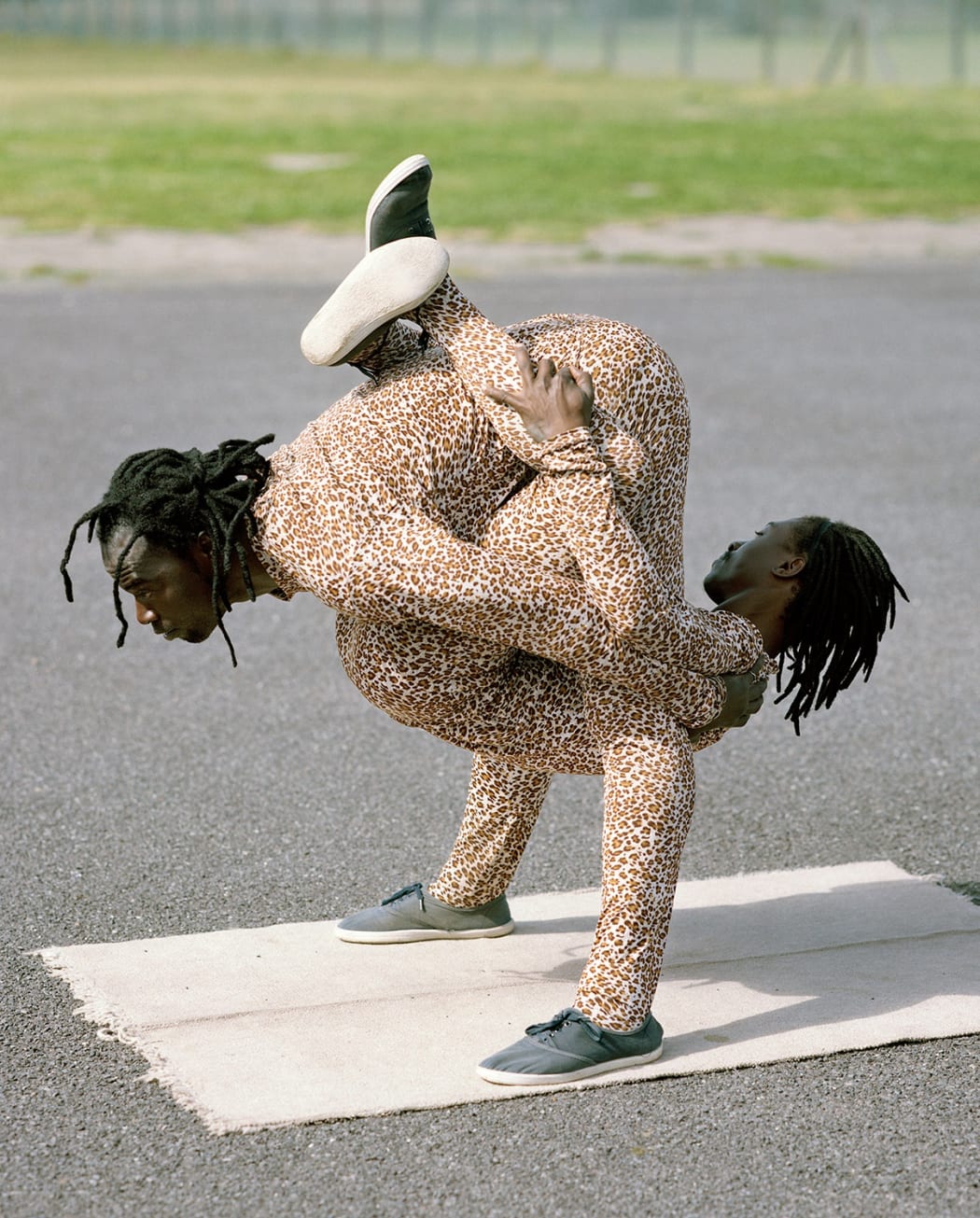
Could you please start by telling us about yourself and what first got you interested in photography?
I was born in Cape Town, South Africa. My interest in photography was sparked by a photograph I took in high school of a spiral shaped building. After finishing high school I studied at university majoring in Sociology and Anthropology. I remained captivated by the photographic process and vantage point offered through photography, being able to see the proscenium through one’s own lens of curiosity and interest.
Did the environment you grew up in influence your photography, in the themes you choose to address? What led you to being interested in such singular stories such as the Super Acrobats or the other stories from Interlude?
I’m drawn to the workaday moments of daily life and the people that inhabit these spaces. Often times people who have particular interests outside of the norm fascinates me. An appreciation of the richness of the human experiences propels my interest in photography through which the opportunity exists to see oneself through the eyes of others. Culture, language, landscape, identity, hope, stories all intermingle as a catalyst for exploration and photographic storytelling in my work.
What is the story behind Super Acrobats? How did you meet them, how long did you stay with them, where are they now?
Iddy Athuman, Hamisi Longo, Mohamed Masele are the founding members of the Super Acrobats. They met in Cape Town in 2012. Iddy was working as a tax meter official in Tanzania and Masele and Hamisi were already practicing acrobatics in Tanzania before they moved to Cape Town. Soon after they met they began to practice together and busking in the streets. In 2015 two additional members, Lutha Vedasto and Hussein Issa, joined the group. Lutha eventually left the group in 2019. I met them at the end of 2015 and we started taking photographs in 2016 and continued until mid 2018. They were staying in Delft, a township on the outskirts of Cape Town, at that stage. The acrobats are still in Cape Town pursuing their dreams.
Did you stay in touch with Iddy, Massele, Lutha and Hamisi?
Yes, I still have regular contact with Iddy and I see Masele and Hamisi from time to time.
You studied psychology in Stellenbosch. How does psychology transpire in your photographic work?
I think an openness to listen partly informs the dialogue between myself and the subject.
What artists inspired you prior to and during your career as an artist?
Edward Hopper, Josef Koudelka, Sebastião Salgado, Federico Fellini, Paul Klee, Stephen Shore, Alexander Dumas to name a few.
What is the artistic process behind the Super Acrobats series?
The series was developed through relationships that grew organically. The photographs emerged as consequence of the latter. I also worked in medium format photographically which would slow things down a bit and allowed for emphasis to be placed on the characterisation of the acrobats in reflective, quiet compositions.
How do you think photography is an efficient medium of expression?
Photography can crystallise tiny fragments in time that has the capacity to incite dialogue, shape thought and opinion across barriers such as language and culture. There is also beauty in this fragmenting of time, seeing what had previously been hidden by the flux of movement revealing something that is sublime - a picture.
